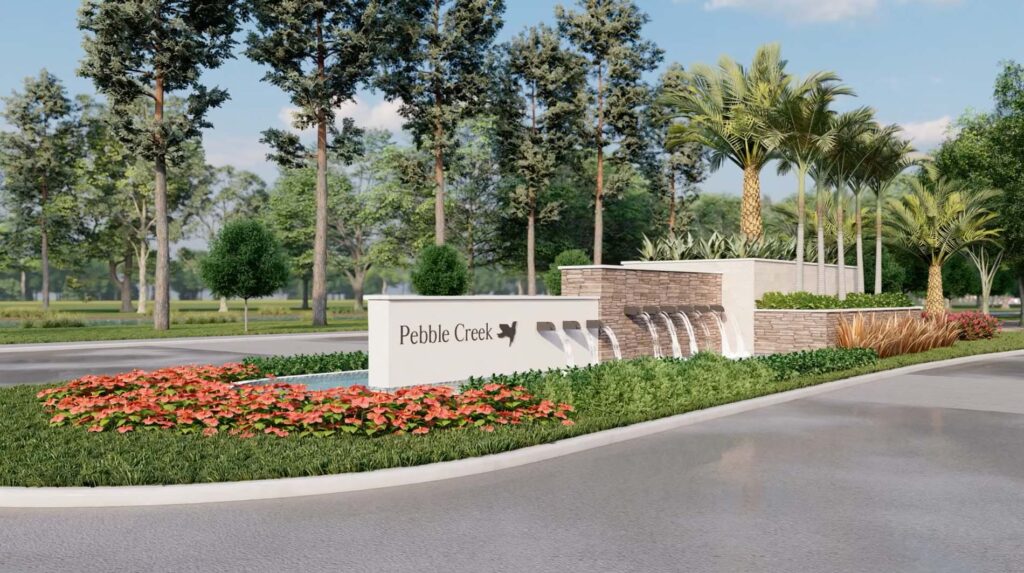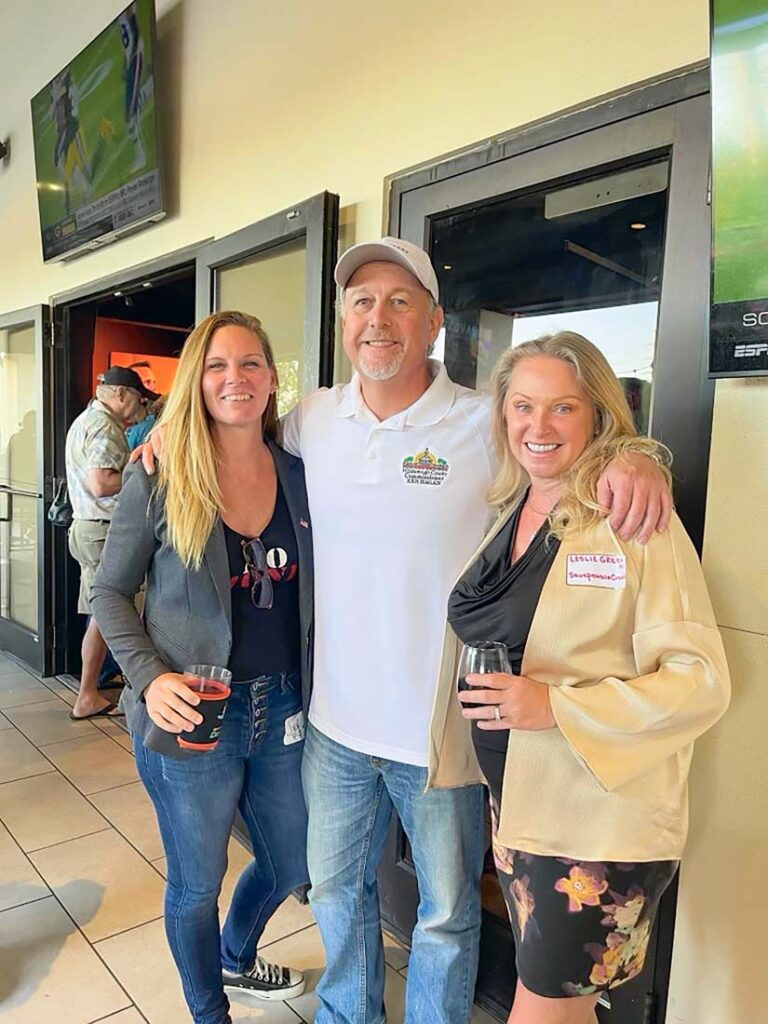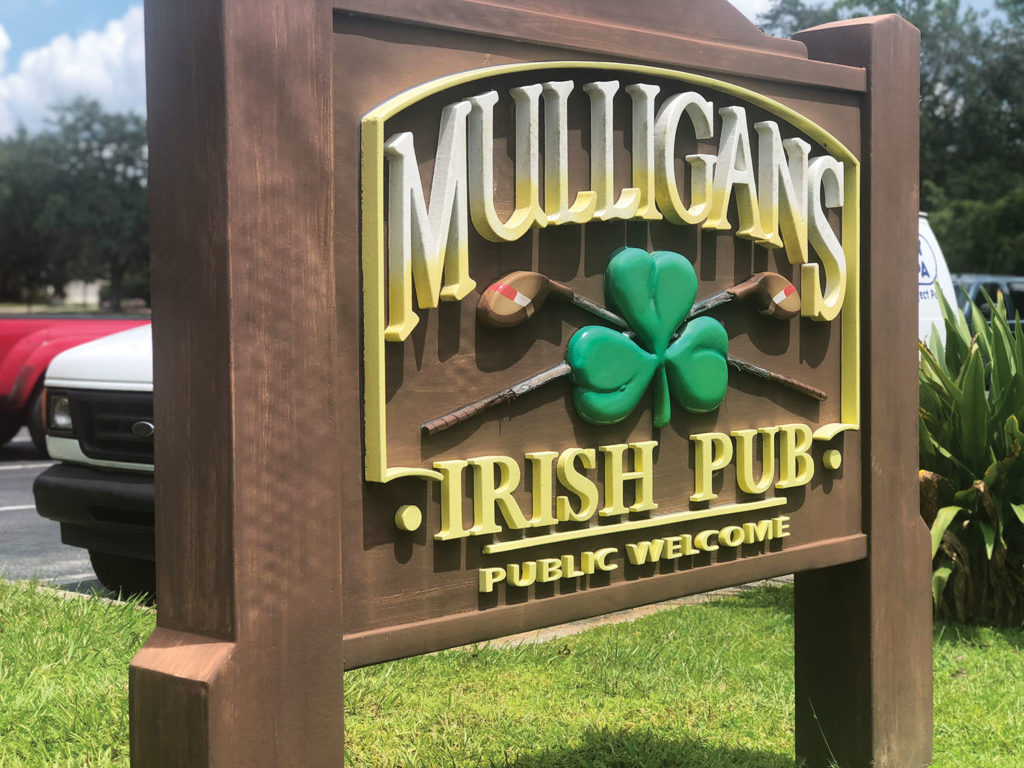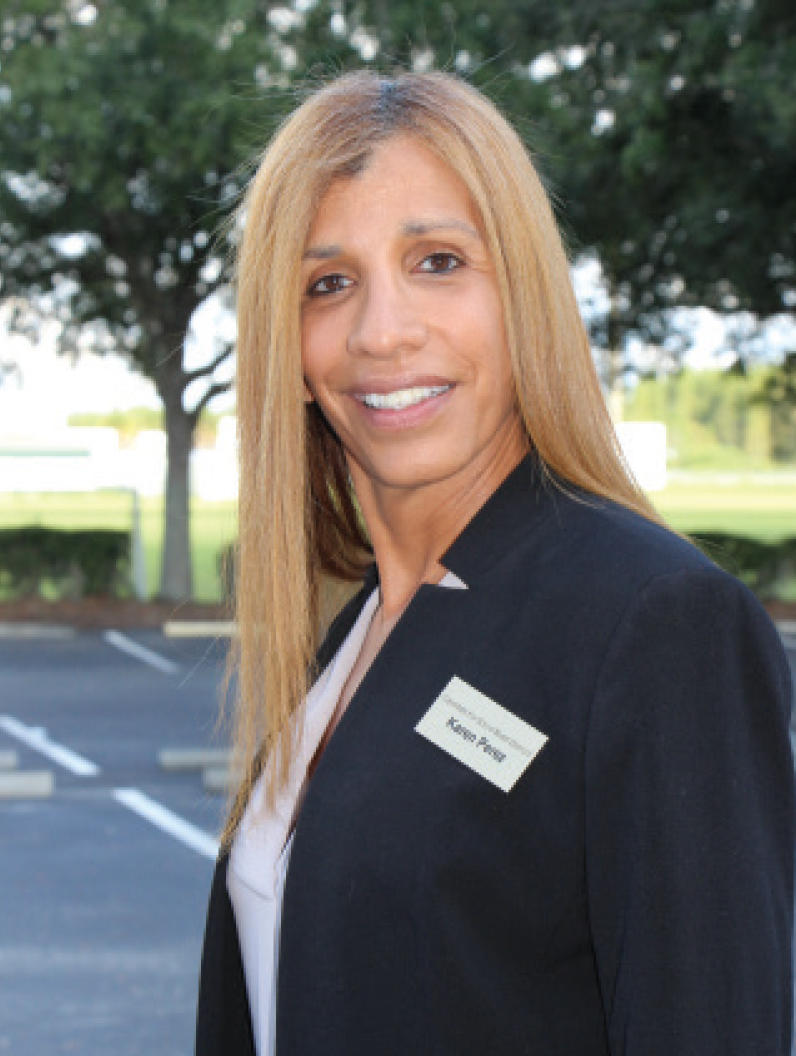
Save or develop?
Over the next year, those are the questions to be answered when it comes to what to do with the shuttered Pebble Creek Golf Club golf course.
The debate is ongoing.
On Oct. 4, a Save Pebble Creek Rally was held at the Glory Days Grill on Bruce B. Downs, and co-organizer and Pebble Creek resident Leslie Green said she was pleased to draw a bigger crowd than expected — roughly 130 people.
The most important guest, however, may have been Hillsborough County Commissioner Ken Hagan, whose District 2 includes Pebble Creek and the rest of unincorporated New Tampa.
Hagan could play a key role in the decision whether or not to grant developers — currently GL Homes — the zoning they will need to build new homes on the 149 acres of what are now overgrown greens and fairways.
If Hagan is reelected in November, he will vote “yes” or “no,” along with the other six county commissioners, likely sometime next year if GL Homes proceeds with its plans.

Hagan said he hasn’t made any decision yet, but Green said he talked with almost everyone who showed up to the rally and feels he is on the Save Pebble Creek side.
“I feel that he is 100 percent on our side,” said Green, who has lived on the golf course for 30 years and has run the Save Pebble Creek Facebook page since 2019. “I have a feeling that he’s sincere in what he’s saying to us, and he understands the situation. He will do what the community wants, so the community needs to be showing him what they want.”
What the entire community wants remains to be seen. Green is part of the smaller Pebble Creek Village Home Owners Association (PCV HOA), which represents 303 homes. PCV HOA president Jen Solano was the Save Pebble Creek rally co-organizer.
Another 1,050 homes are in the larger Pebble Creek HOA.
A week after the Save Pebble Creek rally, GL Homes held two meetings — one by zoom on Oct. 13, and an open house at the Hilton Garden Inn in Wesley Chapel on Oct. 15 — to make its case as it considers whether to enter into a deal with Bill Place, who owns the golf course, which he closed on July 31, 2021.
While GL Homes has issued surveys and held a number of smaller focus-group meetings with residents, both of its events last week were open to everyone. Most of the information also is available online at PebbleCreekFacts.com.
According to GL Homes, Pebble Creek’s land use is Res-4, meaning four homes per acre (nearly 600) can be built on the 149 acres. However, GL Homes says it only plans to build roughly 250 single-family one- and two-story homes, leaving 69 acres of open space.
Place says that is a compromise for those residents opposed to development because of the loss of green space.

Some of that open space will consist of four passive parks, tennis courts and other amenities. according to Place. “I love what I’m seeing so far,” he says.
Place said GL Homes intends to convert 17 acres into lakes, including a fishing area. “They want the residents who had the golf course view to have nice water views,” he says.
Although it is unclear if a formal vote of residents will ever be taken, Place says he is feeling more support now that some of GL Homes’ plans have been laid out.
Green, however, says GL Homes is just attempting a “brainwashing” and the residents she has spoken to are unimpressed.
“They tell me there’s nothing there that would change their minds,” Green said. GL Homes, if it proceeds, would likely file plans with the county in early 2023, setting off a process that would take 6-9 months. Eventually, it will come before the County Commission, which would vote on the development.
Until then, the debate will go on.
Hagan said ultimately he will support whatever is determined to be best for Pebble Creek residents. He said, however, that he did tell rally-goers to buckle up.
“I told them if they oppose this, they need to be prepared for a long-term fight,” Hagan says. “This is going to take quite some time.”









